Introduction
Rice porridge, a simple yet comforting dish enjoyed across various cultures, holds a special place in many cuisines worldwide. Whether you call it rice porridge, congee, jook, or kanji, its essence remains the same: a creamy, soft, and soothing mixture of cooked rice and water, often enhanced with additional ingredients for flavor and nutrition. While its preparation may seem straightforward, mastering the art of cooking rice porridge requires attention to detail, patience, and an understanding of the fundamental principles involved. This comprehensive guide aims to equip you with the knowledge and skills necessary to create perfect rice porridge every time.
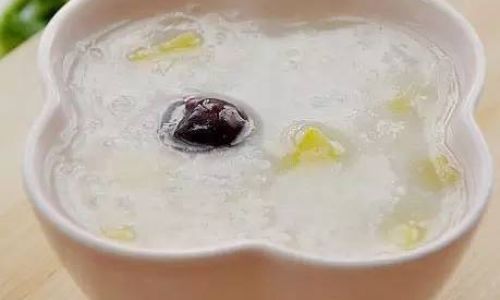
Understanding the Basics
Before diving into the specifics of cooking rice porridge, it’s crucial to grasp the fundamental concepts that govern its preparation. Rice, the primary ingredient, comes in numerous varieties, each with unique characteristics that influence the final texture and taste of the porridge. Long-grain rice, for instance, tends to produce a lighter, less sticky porridge, while short-grain and medium-grain varieties yield a creamier, more cohesive texture.
Water-to-rice ratio is another critical factor. Generally, a higher ratio of water to rice results in a thinner porridge, while a lower ratio yields a thicker, more concentrated version. Experimenting with different ratios will help you find your preferred consistency.
Additionally, the cooking method—whether stovetop, slow cooker, rice cooker, or instant pot—can significantly impact the outcome. Each method offers its own set of advantages and requires slight adjustments in technique to achieve optimal results.
Choosing the Right Rice
The type of rice you select will largely determine the character of your porridge. Here are some popular options:
-
Jasmine or Basmati Rice: These long-grain varieties are fragrant and produce a light, fluffy porridge. They are ideal for those who prefer a less dense texture.
-
Short-Grain Rice: Commonly used in Japanese and Korean cuisines, short-grain rice yields a creamy, sticky porridge that’s perfect for dishes like okayu (Japanese rice porridge) or bibimbap (Korean rice with mixed vegetables and meat).
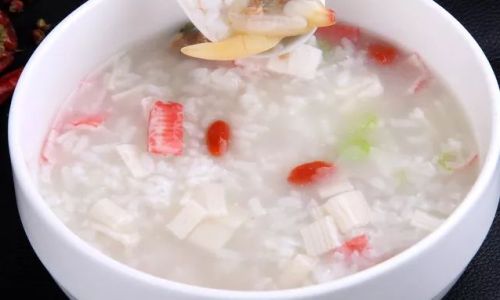
-
Brown Rice: While it takes longer to cook, brown rice adds a nutty flavor and higher nutritional value to your porridge. It’s a great choice for health-conscious individuals.
-
Glutinous Rice: Also known as sticky rice, this variety produces an exceptionally cohesive and thick porridge, ideal for desserts or dishes that require a sticky consistency.
-
Wild Rice: For a nutty, earthy flavor and added texture, consider mixing wild rice with other varieties. Note that wild rice takes longer to cook and has a chewier texture.
Preparing the Rice
Before cooking, rinse the rice thoroughly under cold running water to remove any surface starch and impurities. This step is particularly important for white rice, which can become gummy if too much starch is left on the grains. For brown rice, soaking it in water for a few hours or overnight can soften the grains and shorten cooking time.
Water-to-Rice Ratio and Cooking Techniques
The classic water-to-rice ratio for porridge is approximately 5:1 to 8:1, depending on your desired consistency. Here’s how to cook rice porridge using different methods:
Stovetop Method
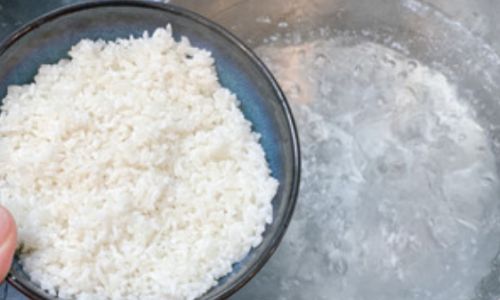
-
Combine Ingredients: In a heavy-bottomed pot, combine the rinsed rice and water (using your chosen ratio). Add a pinch of salt if desired.
-
Bring to a Boil: Place the pot over medium-high heat and bring the mixture to a rolling boil. Stir occasionally to prevent sticking.
-
Reduce Heat and Simmer: Once boiling, reduce the heat to low, cover the pot with a lid, and let the porridge simmer gently. Avoid stirring too frequently, as this can break down the rice and make the porridge too thick.
-
Check for Doneness: After about 20-45 minutes (depending on the rice type and desired consistency), check the porridge for doneness. The rice should be tender and the liquid should have been absorbed to your liking. If the porridge is too thick, add more boiling water and continue simmering. If too thin, cook uncovered for a few more minutes to reduce.
-
Season and Serve: Remove from heat, let it sit covered for a few minutes to finish cooking, then season with additional salt, pepper, or other desired ingredients before serving.
Slow Cooker Method
-
Prepare Ingredients: Rinse the rice and combine it with water in the slow cooker insert. Add salt if using.
-
Set and Forget: Cover and set the slow cooker to the ‘Low’ setting. Cook for 6-8 hours, depending on your desired consistency and rice type.
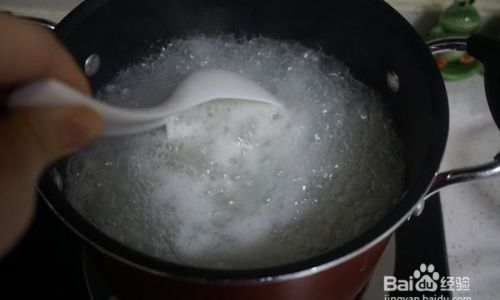
-
Finish and Serve: Check the porridge for doneness, adjust seasoning, and serve warm.
Rice Cooker Method
-
Measure and Add: Rinse the rice and place it in the rice cooker bowl. Add water according to your preferred ratio. Some rice cookers have settings specifically for porridge or congee; if yours does, use it.
-
Start Cooking: Close the lid, turn on the rice cooker, and let it do its job.
-
Check and Adjust: Once the cooking cycle is complete, open the lid carefully to avoid steam burns. Check the porridge for consistency and adjust if necessary by adding more water or cooking uncovered for a bit longer.
-
Serve: Season and serve as desired.
Instant Pot Method
-
Prepare and Add: Rinse the rice and place it in the instant pot insert. Add water and a pinch of salt.
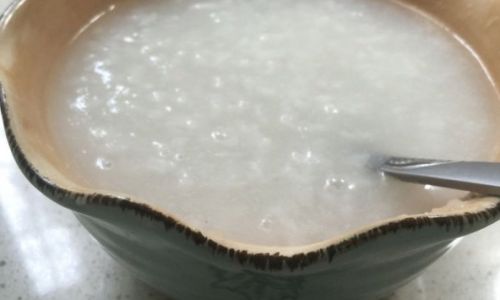
-
Seal and Cook: Secure the lid, set the valve to ‘Sealing,’ and select the ‘Porridge’ or ‘Manual’ setting with a cooking time of about 20-40 minutes, depending on rice type and desired consistency.
-
Natural Release: Allow for a natural pressure release to ensure the rice is tender.
-
Check and Serve: Open the lid, stir the porridge, adjust seasoning, and serve.
Adding Flavor and Nutrition
Plain rice porridge is a blank canvas waiting for your culinary creativity. Here are some ideas to elevate your porridge:
- Aromatics: Sautéed onions, garlic, and ginger can add layers of flavor.
- Proteins: Add shredded chicken, pork, tofu, or tempeh for a hearty meal.
- Vegetables: Incorporate finely chopped or pureed vegetables like carrots, spinach, or sweet potatoes for added nutrition and color.
- Herbs and Spices: Fresh herbs like cilantro, parsley, or mint, along with spices like cumin, turmeric, or cinnamon, can transform your porridge into a global delight.
- Dairy or Non-Dairy Additions: A splash of milk, coconut milk, or almond milk can add richness and creaminess.
- Toppings: Garnish with nuts, seeds, fried onions, or a drizzle of soy sauce, sesame oil, or chili oil for extra flavor.
Conclusion
Cooking rice porridge is an art that combines science, patience, and creativity. By understanding the basics of rice types, water-to-rice ratios, and cooking techniques, you can create a variety of delicious, nutritious, and comforting porridges tailored to your taste preferences. Whether you’re looking for a simple breakfast, a soothing sick-day comfort food, or a versatile base for global dishes, rice porridge offers endless possibilities. Happy cooking!
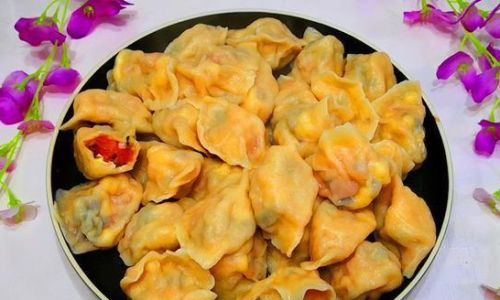

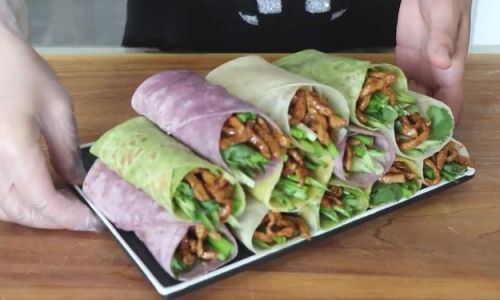
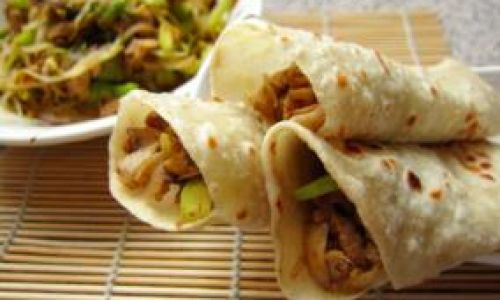
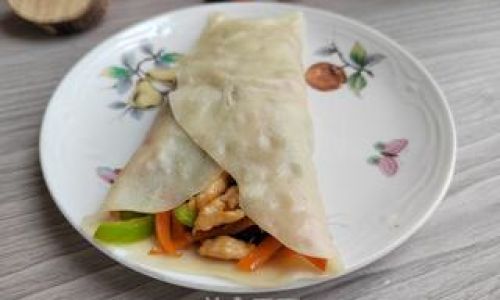
0 comments